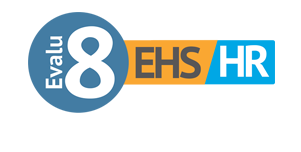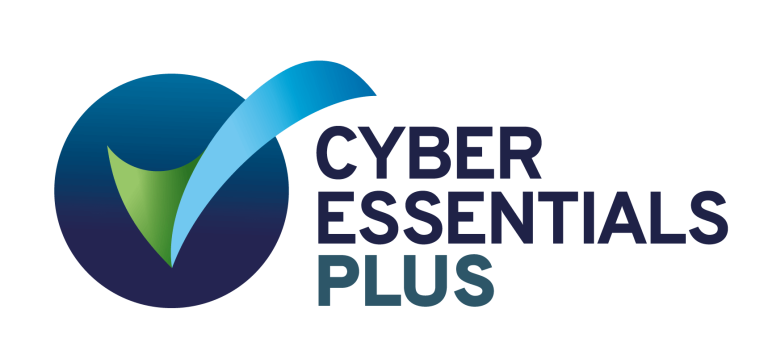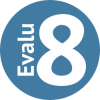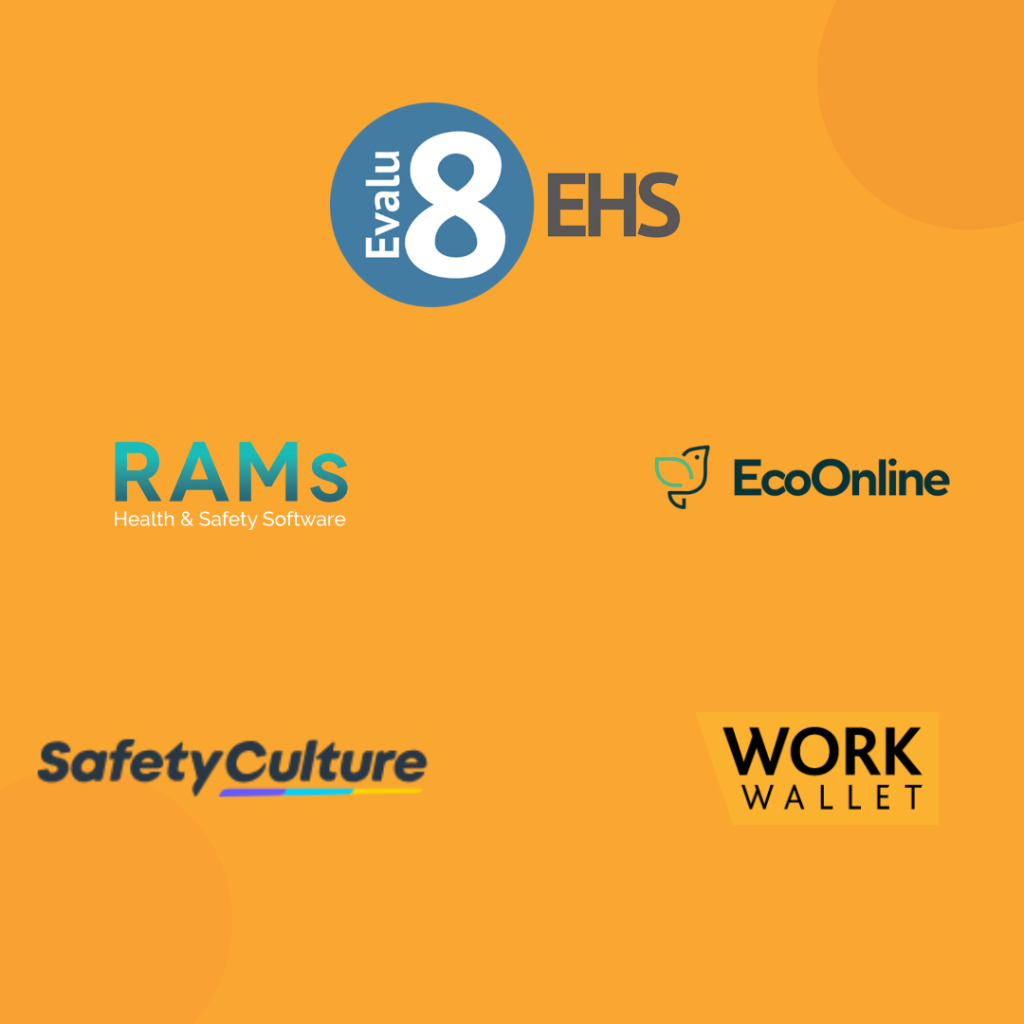
The telecommunications and data centre industries face a unique set of health and safety challenges. From climbing towers and running cable in confined spaces to managing high heat loads in server rooms, the risks are varied and often complex. When safety tasks are split across spreadsheets, shared drives, and outdated systems, things get missed. RAMS go unsigned, fire checks are forgotten, and lone workers are exposed without proper oversight.
EHS software can bring all of that together digitising your safety processes, automating task management, and helping teams stay compliant with less effort.
But not all EHS platforms are built with telecoms or data centre operations in mind. Some excel at inspections but offer little beyond that. Others are too complex or expensive to scale across your field teams. That’s why we’ve reviewed the best options for 2025.
Whether you manage nationwide field engineers, critical facilities, or both, this list will help you cut through the noise and find a system that works.
This comparison represents the author’s views, based on publicly available information, customer feedback, and personal evaluation at the time of publishing. Competitor features and pricing may change over time. We encourage you to contact any vendor listed and conduct additional research to determine the best fit for your organisation.
Helpful summary
Overview: This guide compares the top five EHS software solutions for UK telecoms and data centre teams in 2025. We’ve analysed core features, compliance strengths, mobile usability, and suitability for both field and facility operations.
Why Trust Us: This article is brought to you by Evalu-8 EHS, a UK-based safety software provider supporting teams across high-risk, compliance-heavy sectors. We understand the realities of confined space entry, fatigue management, RAMS enforcement, and the everyday pressures of safety leadership. While we’ve included Evalu-8 EHS in this list, we’ve aimed to assess all platforms fairly, based on what they offer.
Why It Matters: With engineers working at height, handling live systems, and operating in high-temperature environments, telecoms and data centre teams cannot afford safety gaps. A good EHS platform does more than record incidents. It prevents them by automating inspections, managing risks, and making safety easier for your teams to follow.
Action Points:
If you need mobile RAMS with digital sign-off, focus on Evalu-8 EHS or SafetyCulture.
For lone worker check-ins and real-time alerts, explore Work Wallet.
If COSHH is your top concern, EcoOnline may suit data centre environments.
If you’re using RAMS App, consider upgrading to a more complete EHS system.
For large enterprises with complex requirements, Cority might be worth exploring but expect a heavier investment.
Evalu-8 EHS: Best all-round EHS platform for telecoms and data centres
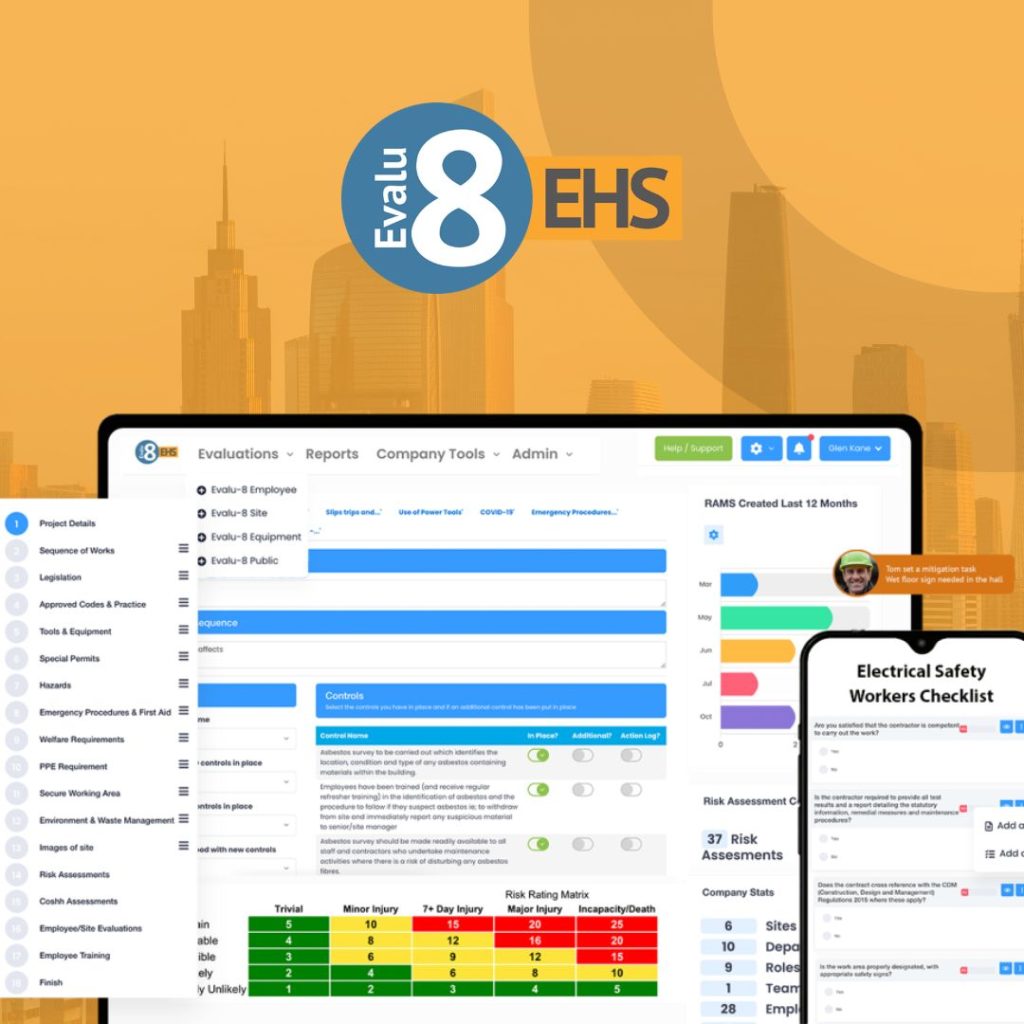
Why Evalu-8 EHS stands out
Evalu-8 EHS is a modular, UK-focused safety system that gives telecom and data centre teams the tools they need to manage RAMS, inspections, lone working, fatigue risk, and incident response. Whether you’re maintaining towers, cabling underground, or managing fire safety in a live server environment, this platform is built to handle real-world complexity. It’s mobile-friendly, easy to roll out, and powerful enough to support growing field teams without the cost or complexity of enterprise platforms.
Core Features
- RAMS builder: Create and assign RAMS for tower work, confined spaces, or cabling jobs with mobile sign-off.
Confined space tracking: Log entry permits and sign-offs for areas like vaults, risers, or subfloors.
COSHH compliance: Manage SDS records and safe use of chemicals like coolants, adhesives, or battery fluids.
Incident reporting: Log slips, burns, shocks, or fatigue events with attachments and follow-ups.
Audit and inspection tools: Schedule and complete checks for HVAC, fire systems, access control, and more.
Asset and equipment tracking: Stay on top of servicing and inspection dates for critical safety equipment.
Training matrix: Assign and monitor mandatory training like working at height or electrical safety.
Document storage and e-signatures: Share toolbox talks, SOPs, and permits with digital sign-off on any device.
Advanced features
Fatigue risk rules based on shifts and time-on-task
Task automation for follow-up actions and overdue checks
Custom dashboards showing SLA performance, incident rates, and asset compliance
Multi-site grouping and reporting
Configurable templates for telecom and data centre safety processes
Explore Evalu-8 EHS
Pricing
Starts at £2.50 per user per month. Additional modules can be added as required. Pricing is modular, transparent, and ideal for small to mid-sized teams.
Pros & cons
Pros:
Affordable and scalable for growing field teams
RAMS, inspections, incidents, and lone working all in one platform
Strong UK compliance focus
Mobile friendly and intuitive to use
Excellent support from a UK-based team
Cons:
No built-in training content
Dashboards benefit from setup support
Some telecom-specific use cases may need configuring initially
SafetyCulture
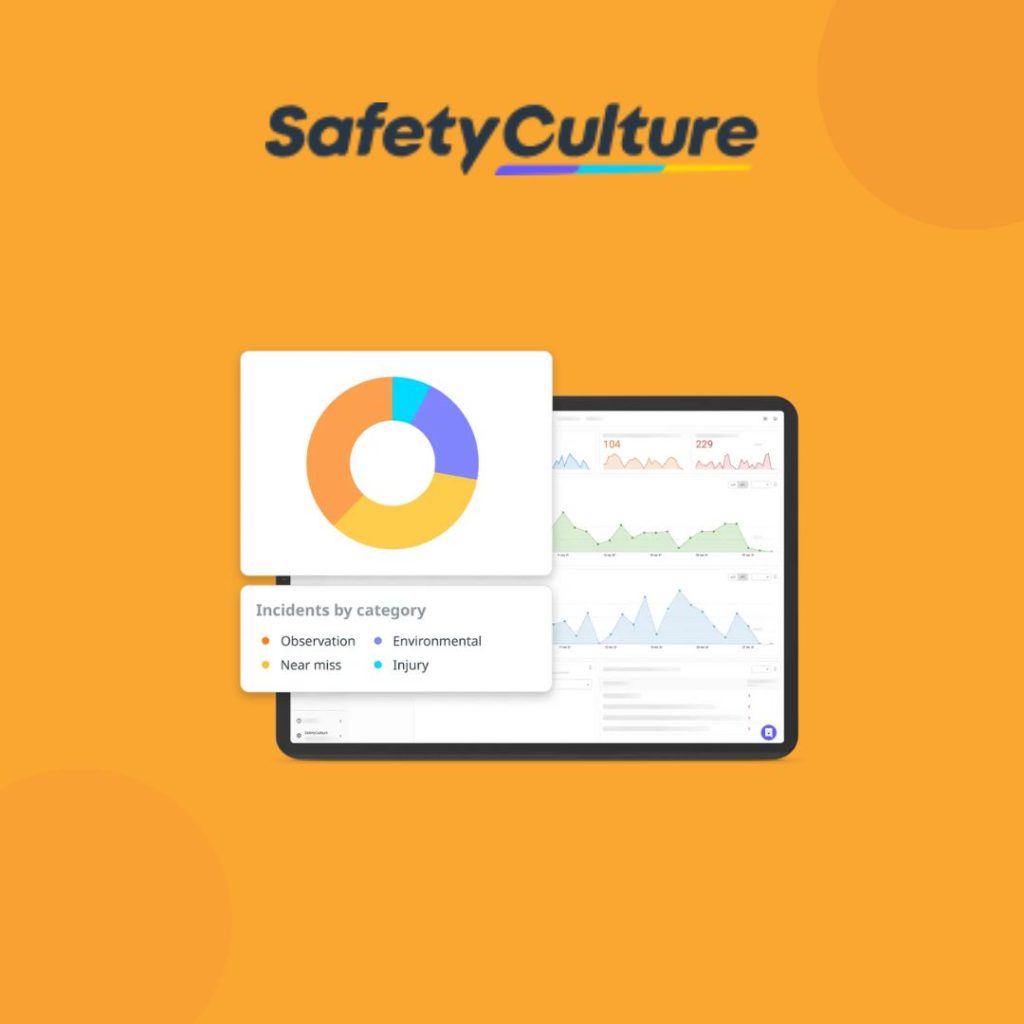
SafetyCulture (iAuditor) is a mobile-first inspection tool popular with field engineers who maintain towers and data-centre facilities. You can run custom checklists for tower-climb gear, server-room fire drills, or HVAC inspections on your phone and sync results automatically. However, it does not support telecom-specific RAMS, fatigue tracking for long site visits, or chemical-safety controls, so you’ll need other systems to cover permits and lone-worker checks.
Core features
Custom audit templates: Build forms for tower-climb harness checks, cable-tray inspections, or UPS health reviews.
Photo & video capture: Attach images of loose connections, coolant leaks, or damaged panels.
Offline mode: Complete inspections underground in duct banks or inside data-centre basements without signal.
Issue reporting: Flag hazards like arc-flash risks or blocked fire exits and assign corrective tasks.
Advanced features
Analytics dashboard: Track completion of site walks, pass/fail rates on server-room safety, and overdue corrective actions.
Template library: Access pre-built telecoms and data-centre checklists to speed deployment.
Integrations: Push inspection data into Microsoft Teams, Power BI, or your asset-management system.
Constraints and functionality gaps
-
No dedicated RAMS builder: Cannot issue or enforce risk and method statements for live-system work.
-
No fatigue or lone-worker tools: Lacks timed check-ins or shift-risk alerts for overnight field jobs.
-
Basic COSHH handling: Can attach SDS files for cleaning agents but no controls logging for battery electrolytes or coolants.
-
Limited task automation: Follow-ups on electrical faults or fire-system failures must be managed manually.
-
Custom reporting upgrades: Advanced branding and analytics require higher-tier plans.
Pricing
Free: Up to 10 users, 5 templates, basic storage.
Premium: £15–£19 per user per month for unlimited checklists, analytics, and integrations.
Enterprise: Custom pricing with SSO, APIs, and dedicated support.
Pros & cons
Pros:
Rapid mobile inspections for tower and data-centre tasks
Strong offline capability in signal-poor areas
Robust integrations for deeper data analysis
Cons:
No end-to-end EHS workflows (RAMS, fatigue, lone-worker)
Minimal chemical-safety or permit management
Can become costly at scale
Work Wallet
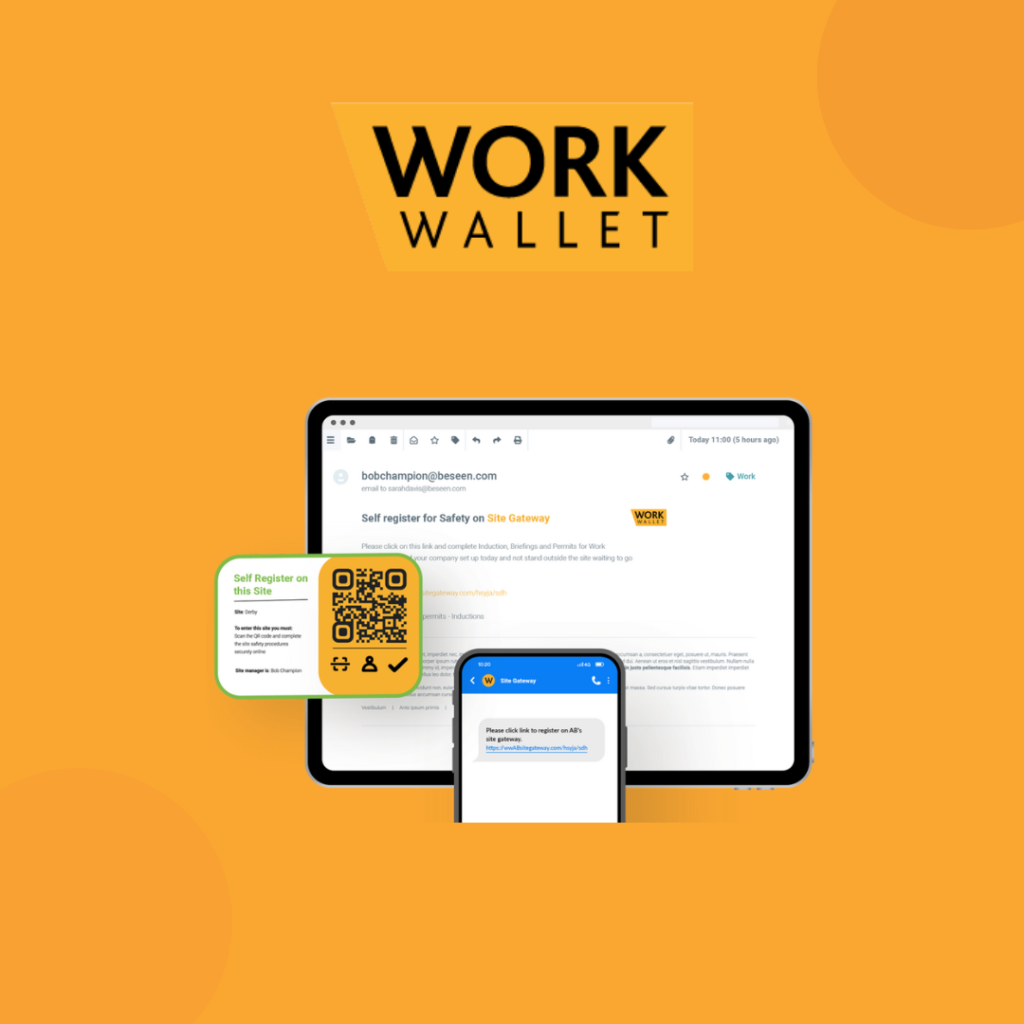
Work Wallet is tailored for mobile field teams, making it ideal for telecoms contractors climbing masts or data-centre technicians doing overnight maintenance. It handles lone-worker check-ins, simple audits, and task scheduling. However, it does not build telecom-specific RAMS, track coolant handling, or flag fatigue risks, so you’ll still rely on other tools for full compliance.
Core features
Lone-worker check-ins: Set auto-reminders when engineers are working on towers or in remote exchange cabinets.
Task scheduling: Automate fire-watch rotas in server rooms, HVAC filter checks, and cable-pull audits.
Mobile forms: Capture incidents like cable arcing or rack-door obstructions on the go.
Document library: Store RAMS PDFs, electrical-safety procedures, and tool manuals for offline access.
Advanced features
GPS tracking: View last known location of a technician inside a data centre or on a cell-site.
Push notifications: Alert supervisors when check-ins fail or tasks go overdue during multilocation projects.
Contractor portal: Let external installers upload inductions and equipment certificates before site access.
Constraints and functionality gaps
No native RAMS module: Risk statements for live-system cabling must be pre-published and uploaded.
No COSHH tracking: Lacks structured registers for coolants, battery acids, or cleaning solvents.
No fatigue monitoring: Cannot flag excessive shift lengths or back-to-back site visits.
Basic analytics: Reporting limited to check-in logs and task completion rates.
Desktop-only admin: Advanced setup and custom report creation require the web portal.
Pricing
Starter: £1 per user per month for basic check-ins and forms.
Plus: £2.50 per user per month adds GPS and notifications.
Enterprise: Custom pricing for SSO, API access, and advanced support.
Pros & cons
Pros:
- Starter: £1 per user per month for basic check-ins and forms.
- Plus: £2.50 per user per month adds GPS and notifications.
- Enterprise: Custom pricing for SSO, API access, and advanced support
Cons:
No built-in RAMS or chemical-safety workflows
Limited fatigue and shift-risk features
Analytics remain very basic
EcoOnline
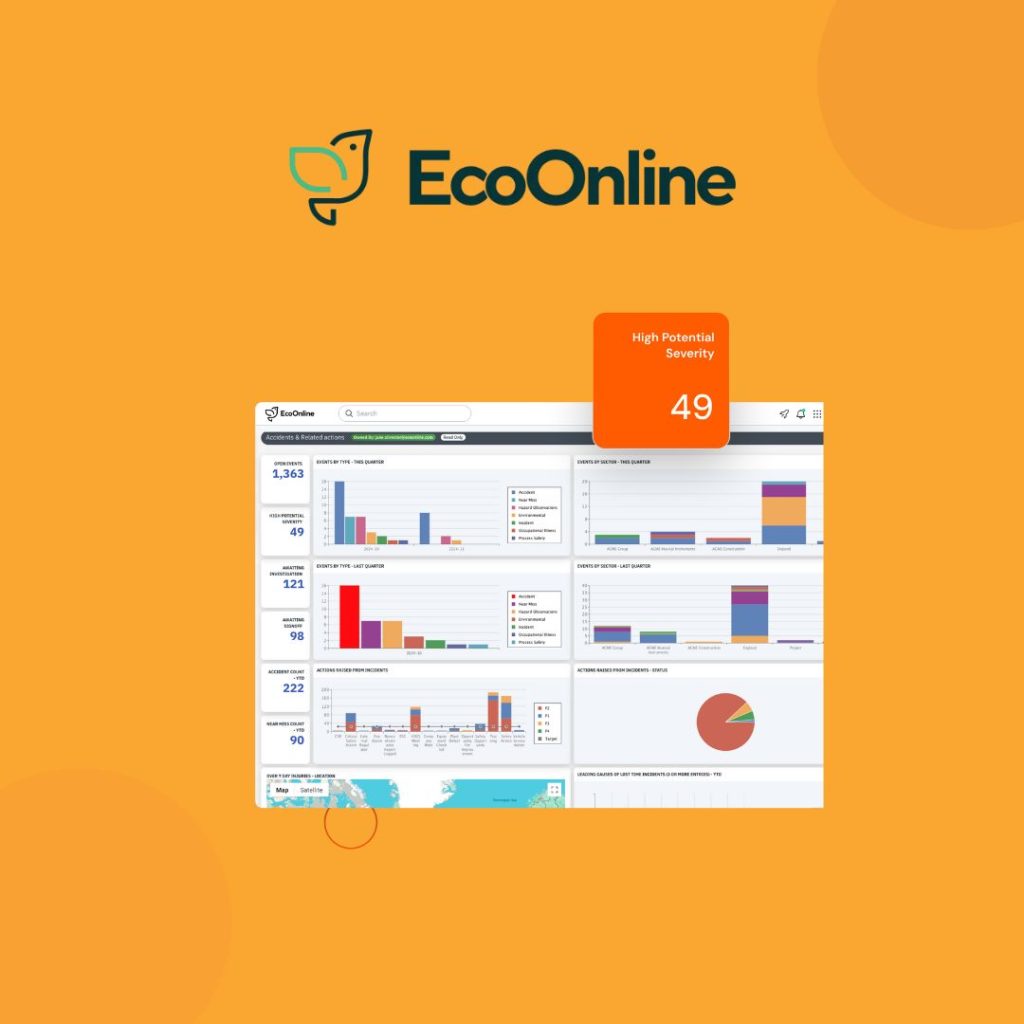
EcoOnline is perfect for data-centre operations that manage coolants, battery electrolytes, or cleaning solvents. Its COSHH and SDS modules are comprehensive, with audit trails and control measures. But it lacks telecom-specific workflows like RAMS for live electrical work, fatigue tools for overnight maintenance, and mobile audit agility, making it less ideal for field-heavy teams.
Core features
COSHH management: Maintain SDS library for coolant fluids, acid batteries, and disinfectants with expiry alerts.
Incident reporting: Log spills of refrigerant gases or acid leaks, assign investigations, and track closure.
Audit & inspection tools: Schedule battery-bank checks, spill-kit inspections, and fire-suppression system reviews.
Training management: Assign chemical-safety courses and track certification renewal for facility staff.
Permit-to-work: Issue digital permits for hot-work in equipment rooms or chemical-handling tasks.
Document control: Securely store compliance manuals, SOPs, and policy updates.
Advanced features
Emergency preparedness: Build and drill site-specific spill and fire response plans for data halls.
Contractor management: Onboard subcontractors handling chemicals with compliance checks.
Asset tracking: Log maintenance on gas detectors, spill kits, and ventilation units.
Real-time dashboards: View chemical-use trends, overdue permits, and compliance scores.
Lone-worker support: Integrate third-party check-in apps to monitor remote maintenance teams.
Constraints and functionality gaps
Pricing transparency: No public rates; quotes only after consultation.
Setup complexity: Highly configurable but requires dedicated resources to onboard.
Learning curve: Admins need training to fully leverage advanced dashboards and modules.
Mobile app limits: Inspection interface is less intuitive than newer mobile-first tools.
No native RAMS: Chemical permits exist but no generic RAMS builder for electrical or height work.
No fatigue tools: Cannot flag extended late-night shifts or missed break compliance.
Pricing
EcoOnline offers modular, quote-based pricing. No self-service rates available, requiring a sales engagement to get estimates.
Pros & cons
Pros:
Deep, compliant COSHH and SDS functionality for data halls
Robust permit-to-work and incident-management workflows
Comprehensive dashboards for chemical safety oversight
Cons:
No transparent pricing quote only after demo
Steep setup and onboarding curve
Lacks core EHS workflows (RAMS, fatigue, mobile inspections)
RAMS App
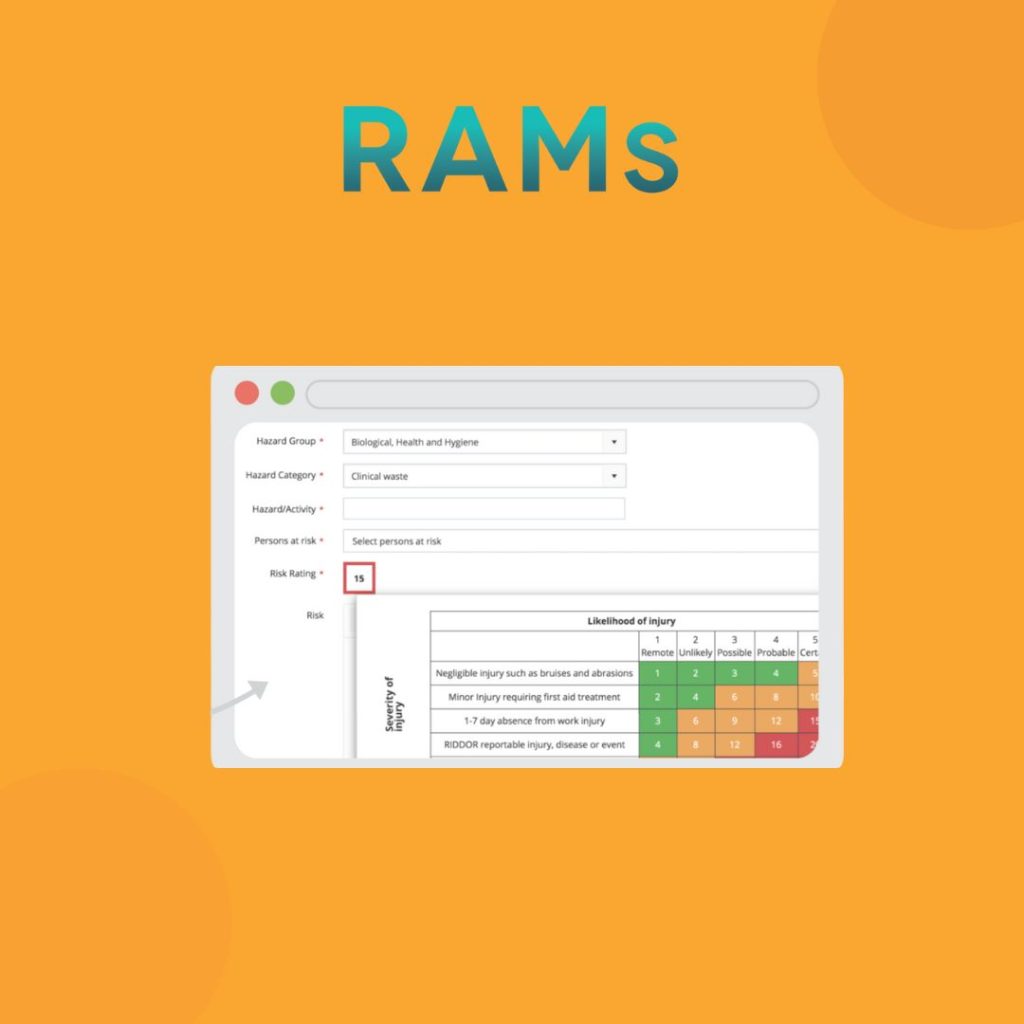
RAMS App is a go-to for rapid generation of risk assessments and method statements, particularly for cabling or confined-space tasks. It offers a vast library of templates but is purely document-centric. There is no mobile app, no inspection or incident module, and no real-time alerts making it unsuitable as a standalone EHS solution for telecoms and data-centre operations.
Core features
Risk assessment templates: Pre-written RAMS for tower work, subfloor duct access, and cabling in live racks.
Method statement builder: Edit and issue detailed work plans via web browser.
COSHH assessments: Choose from thousands of chemical safely templates or build custom ones.
Digital signatures: Securely sign off on RAMS, method statements, and CSWIP compliance checks.
Advanced features
Template duplication: Clone existing assessments to speed up new site tasks.
Document archiving: Archive older RAMS versions for audit trails.
Cloud access: Retrieve all documents from any internet-connected device.
Constraints and functionality gaps
No mobile app: Browser-only access with no offline or push-notification support.
No inspections or audits: Cannot log site-walk findings or issue corrective tasks.
No asset tracking: Lacks equipment maintenance or calibration logs for UPS or fire systems.
No fatigue or lone-worker tools: Cannot manage shift-risk or check-in compliance.
No task automation: Reminders and alerts must be manually scheduled outside the system.
Pricing
Starts at £399 per year for a single user (ex-VAT). Multi-user pricing based on team size; no monthly subscription model.
Pros & cons
Pros:
Huge library of telecom and data-centre RAMS templates
Fast, browser-based document creation and sign-off
Cost-effective for small teams needing only RAMS docs
Cons:
Not a complete EHS solution documents only
No mobile inspections or real-time tracking
Cannot manage incidents, assets, or fatigue
FAQs
Look for mobile-ready RAMS builders, lone-worker check-ins, fatigue management, COSHH registers for coolants and batteries, and audit/inspection workflows tailored to tower climbs, server-room fire drills, and HVAC checks.
Yes. Platforms like Evalu-8 EHS, SafetyCulture, and Work Wallet offer offline modes so you can complete inspections, check-ins, and permit sign-offs without signal. Data syncs automatically once you’re back online.
Lone-worker features typically include timed check-ins, GPS location tracking, and escalation alerts. If an engineer misses a check-in, supervisors are notified immediately to ensure rapid response.
Modular pricing (e.g. Evalu-8 EHS) lets you add only the features you need at transparent per-user rates. Quote-based models (e.g. EcoOnline) require a sales demo and tailored proposal, which can slow the evaluation process for smaller teams.
Choose a platform with a robust COSHH or SDS module that lets you store safety data sheets, log chemical use, assign control measures, and schedule audits for battery rooms, coolant systems, or cleaning-agent handling.
